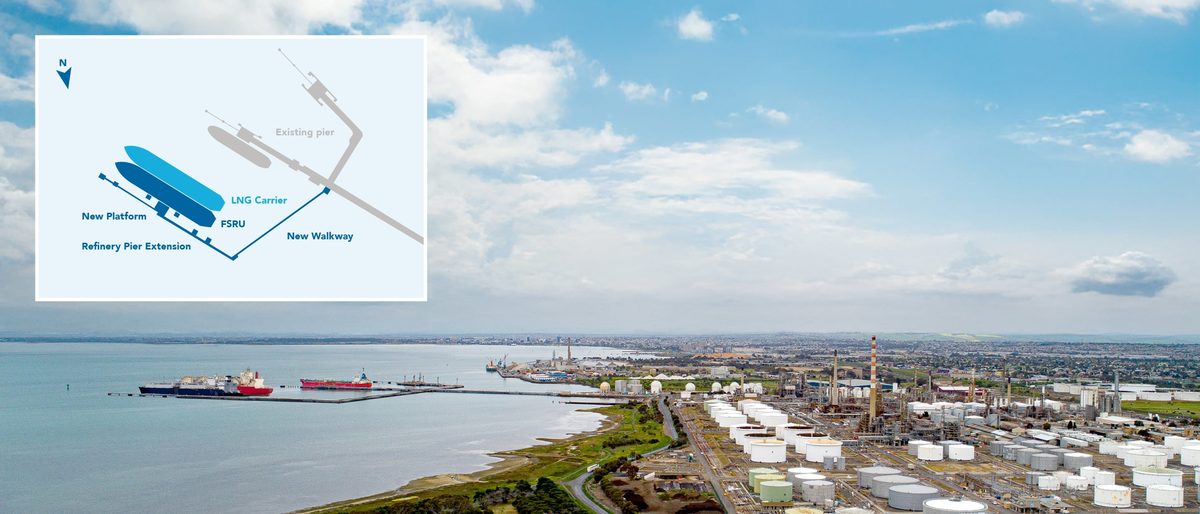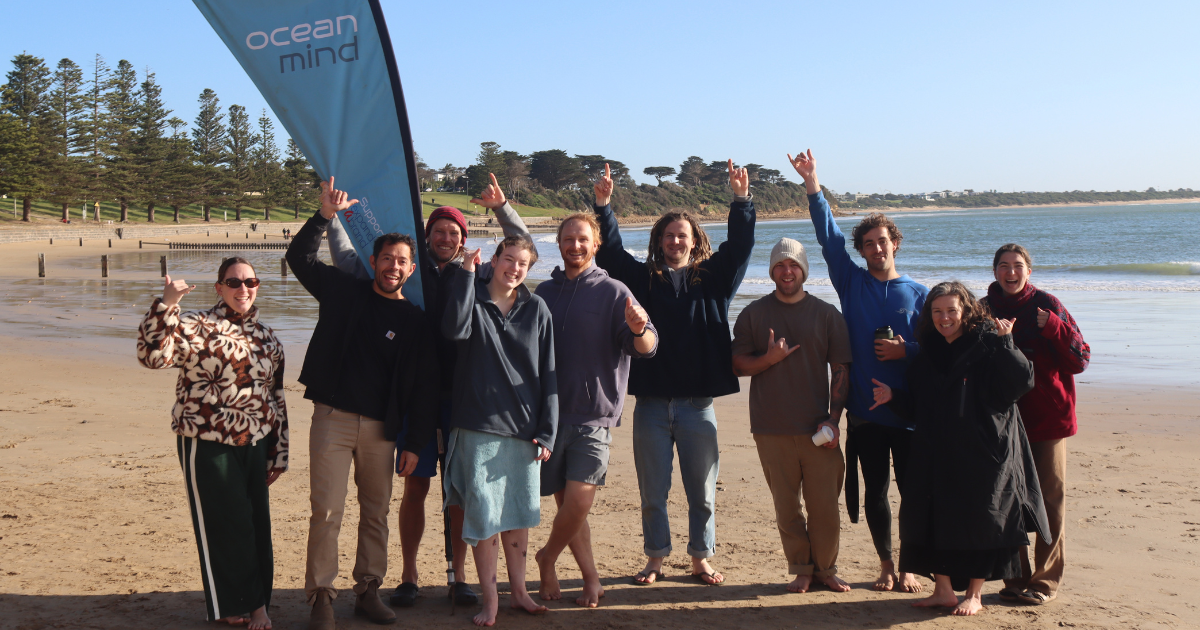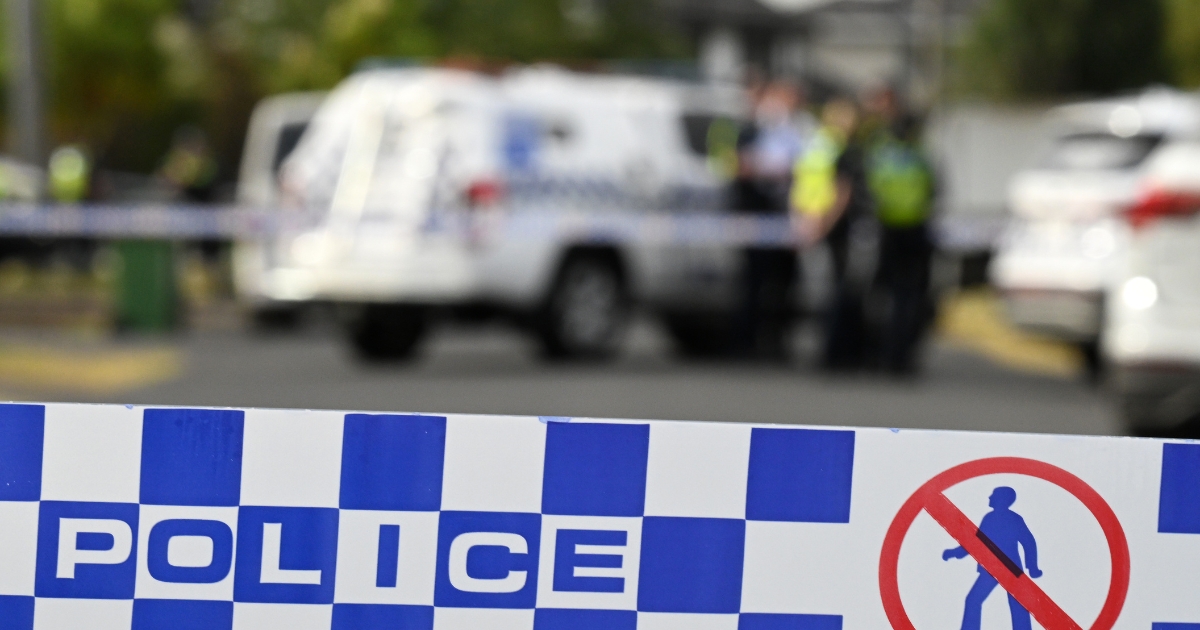Majestic whales make a splash once again

Southern right whale sightings have picked up as the ocean creatures enter calving season. Photo: SUPPLIED
THE Greater Geelong and Surf Coast regions have began sharing their local beaches with up to three southern right wales.
Over the past few weeks residents have taken to Facebook to report sightings of the majestic mammals in Queenscliff, Torquay, and Barwon Heads, and despite the influx in posts a representative from the Department of Environment, Land, Water and Planning (DELWP) said the numbers have not been surprising.
“So far this season, the activity seen in the Geelong, Bellarine and Surf Coast areas is no greater than in previous years,” they said.
“Southern right whales have a three-year calving cycle and generally don’t migrate to our coast unless they are calving, so there are natural peaks and troughs in numbers as well.”
The new citizen science project titled WhaleFace allows the public to contribute to the conservation of southern right whales in south-east Australia and has made it easier to track their migration which takes part on Victoria’s coast between May and October.
Seven southern right whale sightings have been reported to the WhaleFace website this season in locations between Queenscliff and Lorne, however the figures include multiple sightings of the same whales in different locations.
“Preliminary analysis of these sightings by researchers indicates there have been at least three different southern right whales in the area,” they said.
In 2019, 32 different southern right whales were identified by up to 20 citizen scientists from across Victoria and New South Wales.
Along with southern right whale sightings, DEWLP has confirmed the humpback whale population is increasing at a much higher rate.
“People may also be seeing humpback whales passing through the Geelong, Bellarine and Surf Coast areas on their migration to their northern breeding grounds,” they said.
“Over the years, whale sightings reports along Victorian’s coast have increased in line with whale population growth, but also due to the general public’s increased awareness.”
The name WhaleFace was chosen for the conservation platform in recognition of the markings on the whales’ heads, known as callosities, which allow researchers to identify individuals.
Data captured through the platform is used by researchers to understand population trends, movement patterns and habitat use.
For more information or to get involved, head to the WhaleFace website.

















